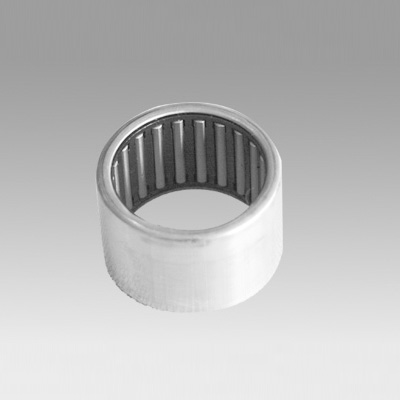
10 月 . 08, 2024 00:15 Back to list
spherical roller bearing vs ball bearing
When it comes to selecting bearings for various applications, one often encounters two primary types spherical roller bearings and ball bearings. Each type has distinct features, advantages, and ideal applications, making them suitable for different operational requirements.
Spherical roller bearings are designed to accommodate heavy radial and axial loads in applications where misalignment may occur. Their unique design includes two rows of symmetrical roller elements that can pivot within a spherical outer raceway. This characteristic allows spherical roller bearings to handle shaft misalignment and eccentric loading with ease, making them the go-to choice for industries such as mining, construction, and heavy machinery. Additionally, they offer high load-carrying capacity, durability, and a longer service life, which can translate to reduced maintenance costs over time.
On the other hand, ball bearings consist of balls situated between two grooved races. This design allows for smooth rotation with minimal friction, making ball bearings an excellent choice for applications where speed and precision are critical. They are commonly used in electric motors, fans, and various consumer products. While ball bearings can handle both radial and axial loads, their capacity is generally lower than that of spherical roller bearings. Thus, they are best suited for lighter loads and applications where alignment is guaranteed.
spherical roller bearing vs ball bearing

One key difference between the two types is their response to misalignment. Spherical roller bearings excel in environments where equipment may not be perfectly aligned, providing a level of tolerance that ball bearings cannot match. In contrast, if misalignment occurs in ball bearings, it can lead to premature failure due to uneven load distribution.
Another consideration is the lubrication requirements. Spherical roller bearings often require more grease due to their construction and operational conditions, while ball bearings typically need less lubrication, which can simplify maintenance in certain environments.
In summary, the choice between spherical roller bearings and ball bearings hinges on the specific demands of the application. If the environment involves heavy loads, potential misalignment, and lower rotational speeds, spherical roller bearings are ideal. Conversely, for applications prioritizing speed, precision, and lighter loads, ball bearings are the better option. Evaluating the unique needs of a project will ensure optimal performance and longevity, ultimately leading to greater efficiency and reduced downtime.
Latest news
-
Unlocking Efficiency with Spherical Roller Bearings
NewsOct.29,2024
-
The Ultimate Guide to Thrust Ball Bearings
NewsOct.29,2024
-
The Power of Thrust Roller Bearings: Engineered for Excellence
NewsOct.29,2024
-
The Power of Deep Groove Ball Bearings for Your Application Needs!
NewsOct.29,2024
-
The Power and Performance of Cylindrical Roller Bearings
NewsOct.29,2024
-
High-Quality Ball Bearing Manufacturing Machines
NewsOct.29,2024
